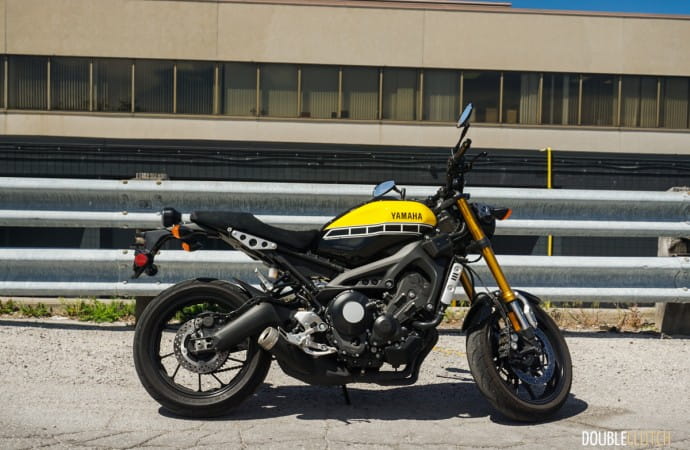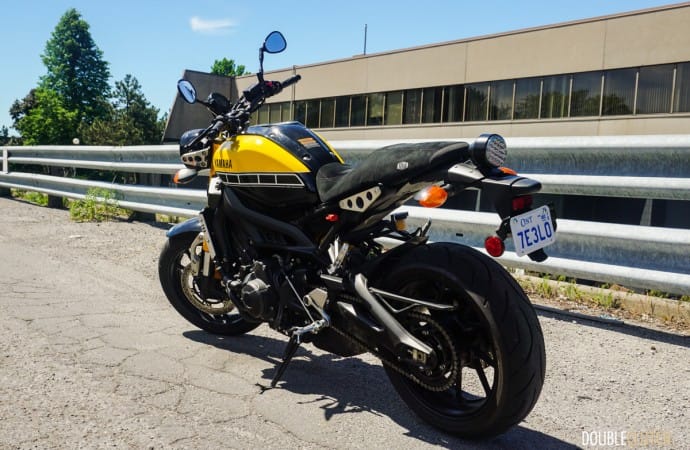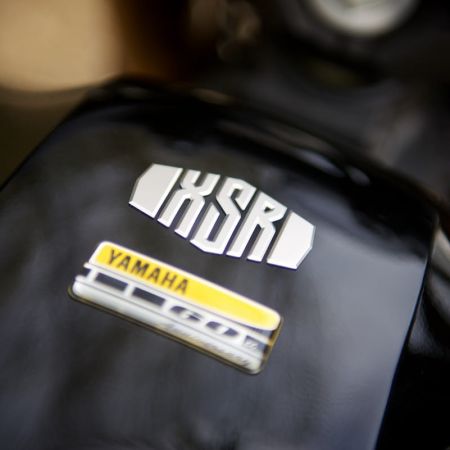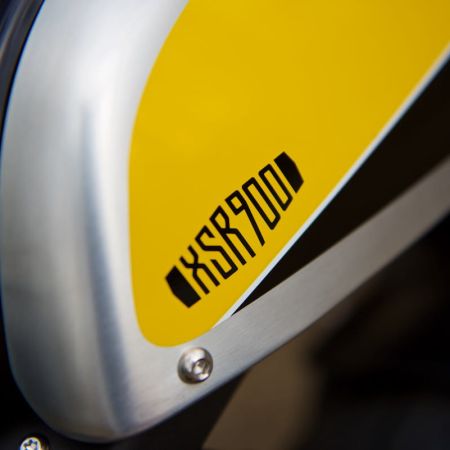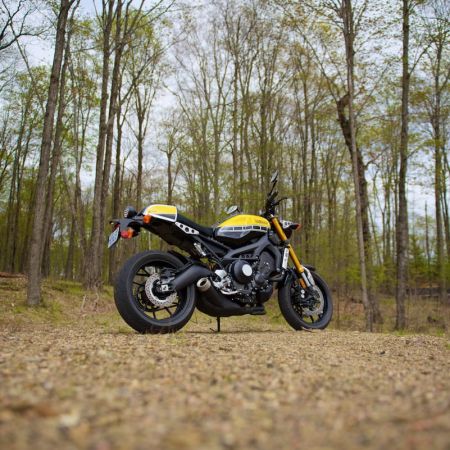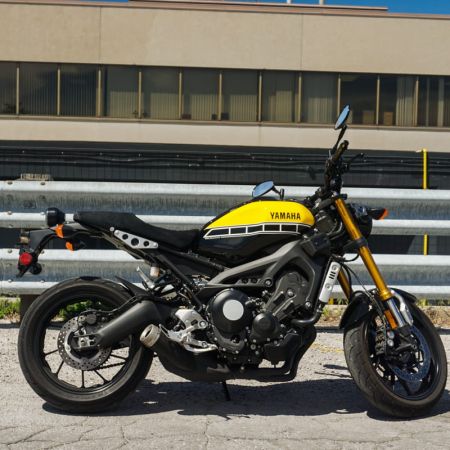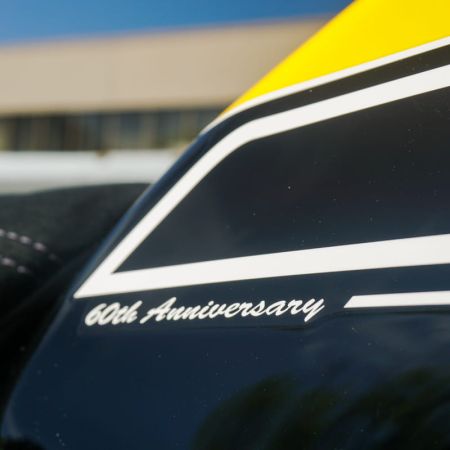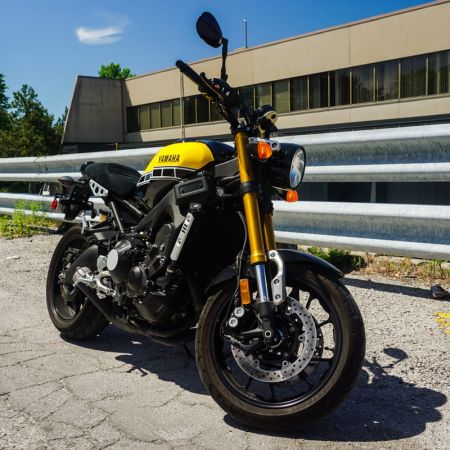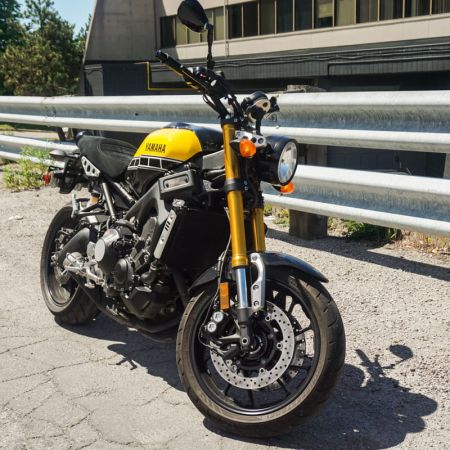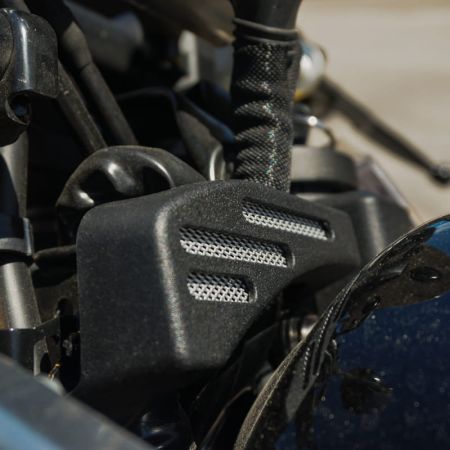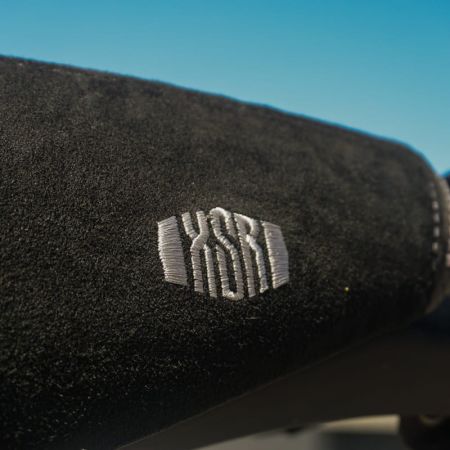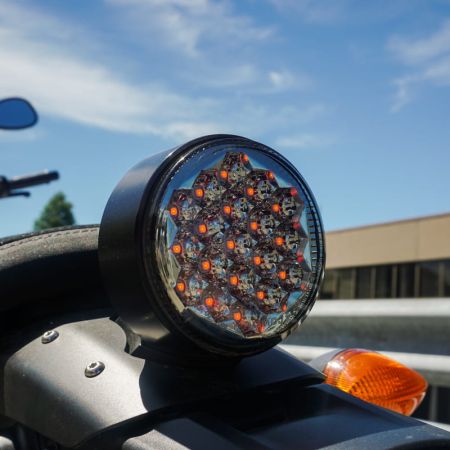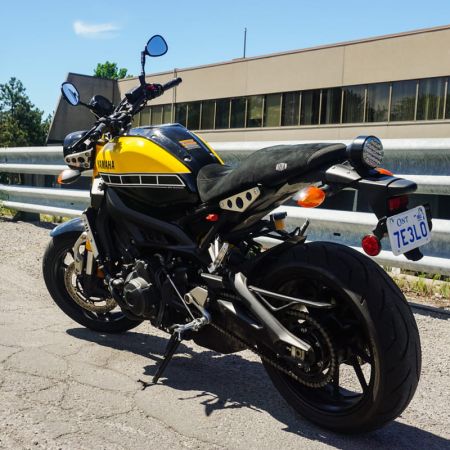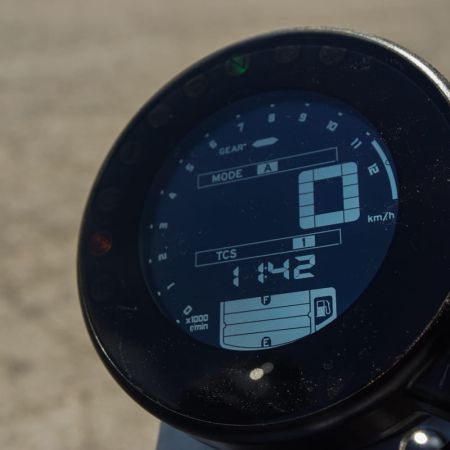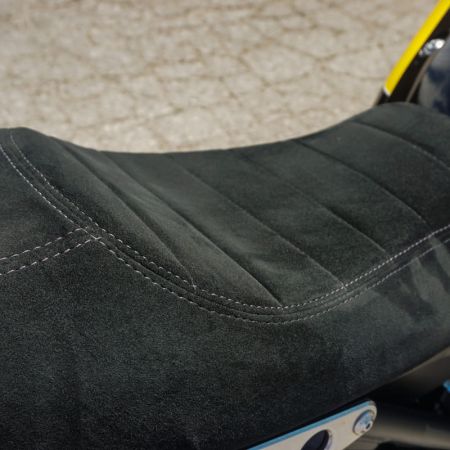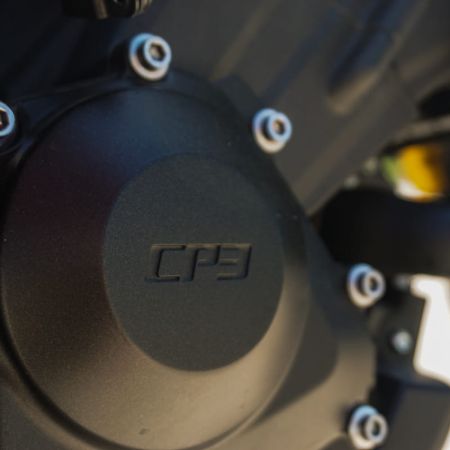I’ve always liked the look of retro bikes, it’s the compromise that seems to come with them that forces me to reconsider a purchase. That compromise manifests itself between style and performance. Yamaha has torn this compromise to shreds with the 2016 XSR900. They took the screaming inline-three of the FZ-09 and shoved it into a beautifully-styled neo-retro machine.
Everything about the XSR900 is alluring and charming. Aesthetically, the bike is a work of art. Yamaha has worked asymmetry into their design with perfection. My eye twitched slightly when I first saw the fuel cap, which is offset to the right on the tank. Taking a step back though, I understood how that added to the beauty. It’s not necessarily about the individual parts, but how they sit with the whole product, and Yamaha understands this. The XSR900 in general has been built using parts from others on the Yamaha lineup (reviewed here). What you have, in the end, is a motorcycle that packs way too much fun for $10,699. Well, that’s if you want the silver version.
We were lucky enough to try out a bike painted in the Yamaha 60th Anniversary Yellow, which comes in at $10,999. Not that it makes a difference, but boy does it make a difference. The colour scheme accentuates the sporty retro styling, and it makes the rider feel really, really good. Trust me. Actually, this bike does nothing else than make the rider feel really, really good. From the second you pull the killswitch towards you to get the engine turning, to the second you take that last glance walking away, this bike is an experience. Riding the XSR900 feels like getting coffee with a best friend you haven’t seen in a while; it’s familiar, fun, and you just want to keep spending time with it.
The Yamaha is also extremely comfortable – the seat absolutely steals the show. It’s a stitched seat that strikes a good balance between sporty and street-riding comfort. I was curious as to how well it dries after a rainfall, and damn does it dry quickly as well. The curve of the seat keeps your butt secure in a good position as you ride, and encourages you into the most ergonomically friendly riding position. Handlebars come up nice and wide over the tank, and at 6 feet tall, I was far from cramped. It’s worth noting that I rode this bike for 3+ hours on the highway without much trouble. The wind was the only bother, but this bike clearly isn’t made to combat much wind. It’s made for street riding and canyon splitting, and it does both of these things with prowess.
The first thing I noticed about how it rides is the clutch; a new slipper clutch reduces the effects of engine braking for cornering. It’s a nice addition for the days you take the bike out to clean out some corners, but I would personally rather take the increased engine braking for city riding. The other ¾ of braking is covered by dual discs in the front which provide a solid amount of stopping power, and you always know how much you have left. Yamaha has worked hard on the XSR900 to design it close to mechanical perfection.
You may remember the problems the first FZ-09s (reviewed here) had with fuel mapping; the throttle was very choppy. Rolling on at any point in the rev range would yield a lurch forward. Fret not, these problems have not transferred over to the XSR900. Fuel mapping has been fixed, and three engine modes are present to control power output: A, Standard, and B. I tested them all out, but A offered the most precision, control, and accuracy in throttle response. Once you’re actually on the throttle, it’s easy to notice that power is always available. Unlike an inline-four, where you have to rev up to the power band, the triple under the XSR900 pulls hard throughout. It’s that kind of performance I usually see lacking on retro bikes, but Yamaha paved their own roads to make this bike.
Traction control is also available on the XSR900. It can be cycled between 1, 2, and 3 while riding, but the bike needs to be completely stopped for it to be disabled. Still, cycling through modes and settings is intuitive, and displayed on the dash. The digital dash is tasteful and simple. Engine modes, traction control, a gear indicator, a fuel gage and an odometer are located in the small, circular cluster. Inclusion of an tachometer was a good idea, demonstrating that the bike is a bridge between vintage aesthetics and sporty performance. The XSR900 has been introduced as a part of Yamaha’s new Sport Heritage lineup, celebrating Yamaha’s racing heritage. I personally don’t think they could’ve built a better bike to celebrate.
2016 Yamaha XSR900 Gallery
See Also:

